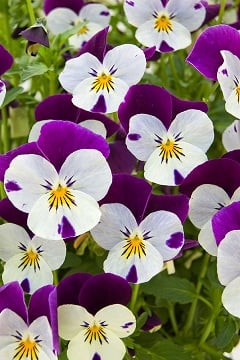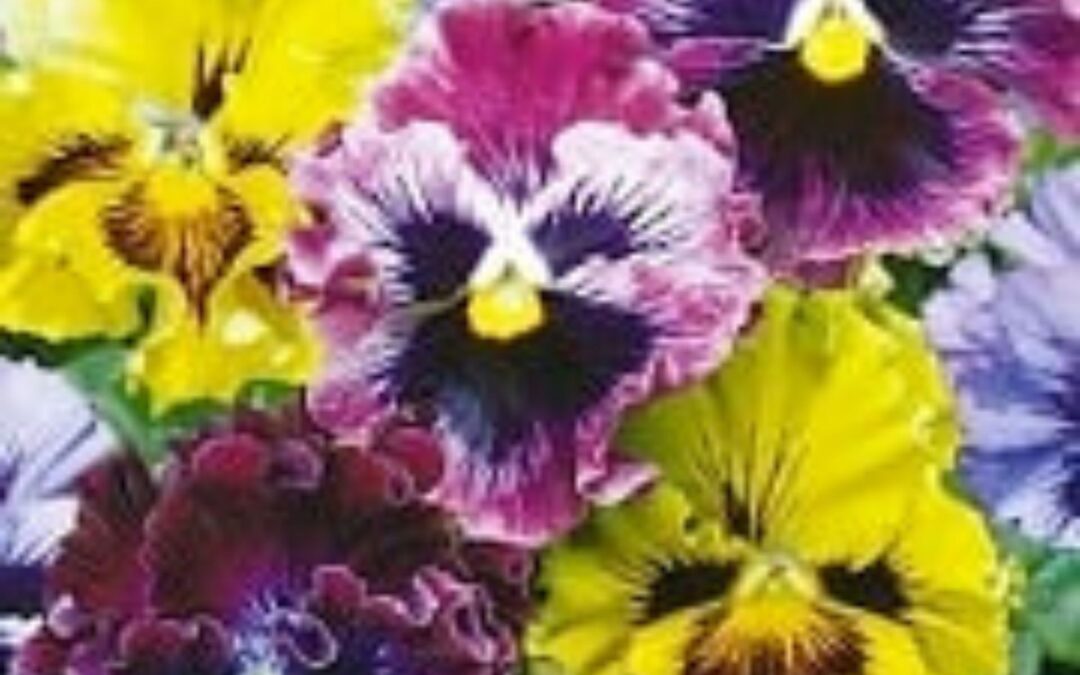This is a pretty good question, and the answer is up to you.

be sure to water your pansies before it freezes, to give them some good insulation. That first hard freeze seems to give them a nice jolt to really start growing, and probably hardens them against the freezing temperatures to come.
Did you know that all pansies are hybrid plants specifically cultivated for garden flowers? They originated from violas, more specifically viola tricolor, an old-fashioned sort of flower, which isn’t nearly as showy as pansies are, but grows as a wildflower in Europe. The pansy is a biennial – a plant that takes 2 years to complete its life cycle. When you buy them at the garden center, they are already in their 2nd year, so they’re sold as annuals. (They do not flower in their first year.) There aren’t many biennials, as compared to annuals and perennials. Other examples of biennials are Sweet William Dwarf and parsley.


